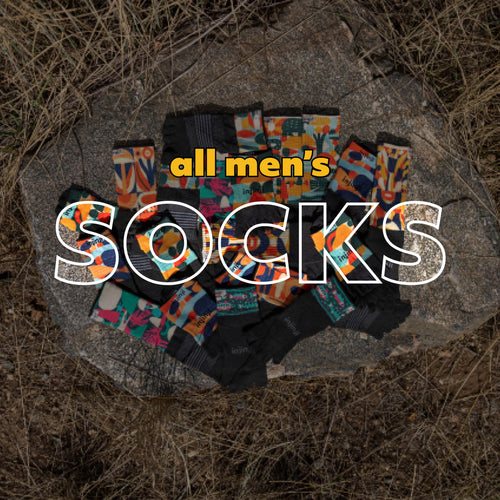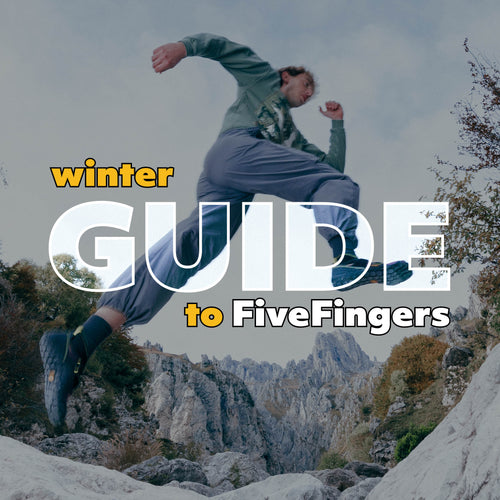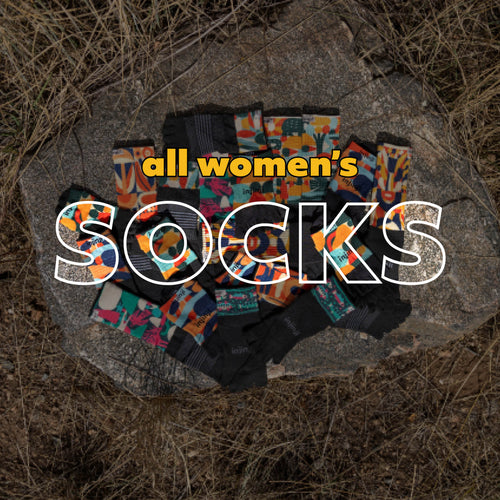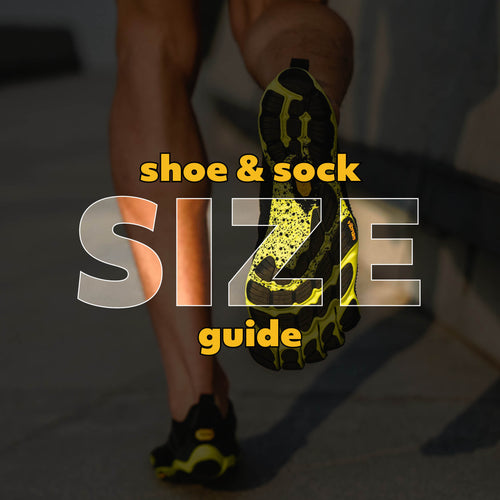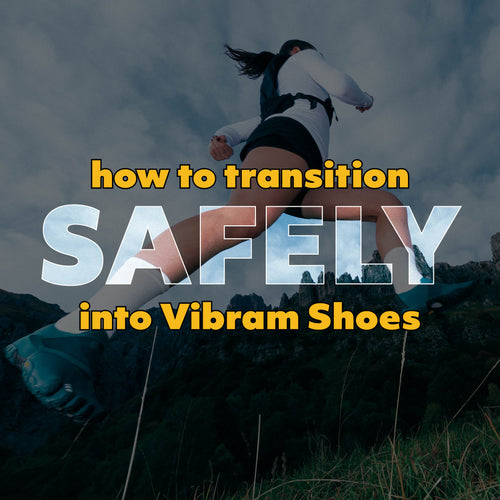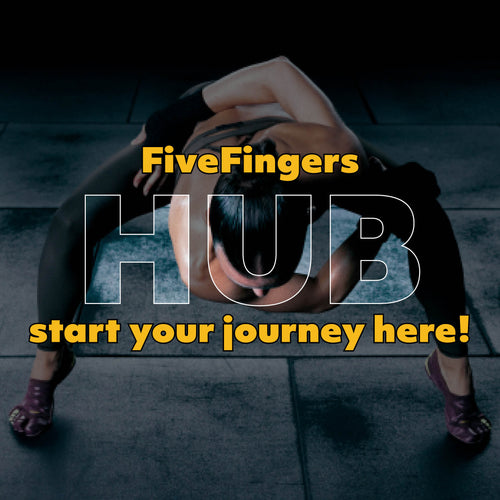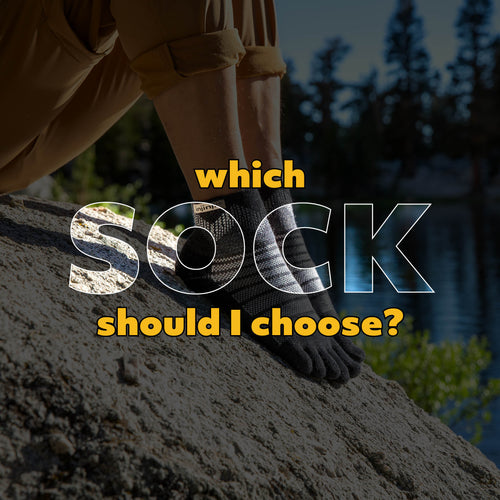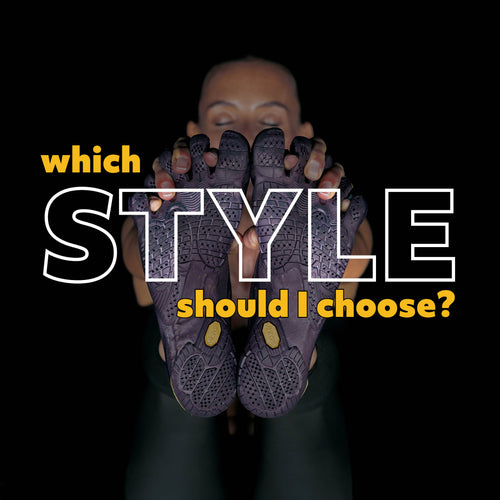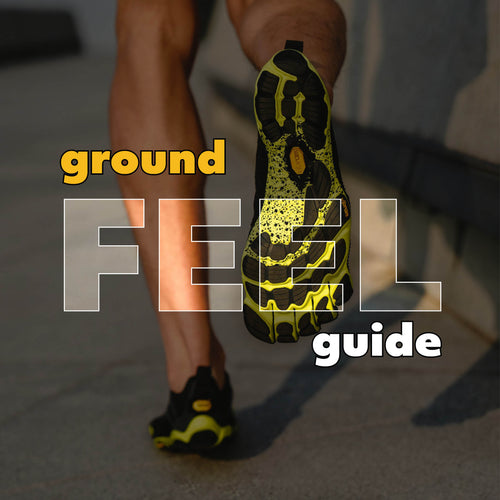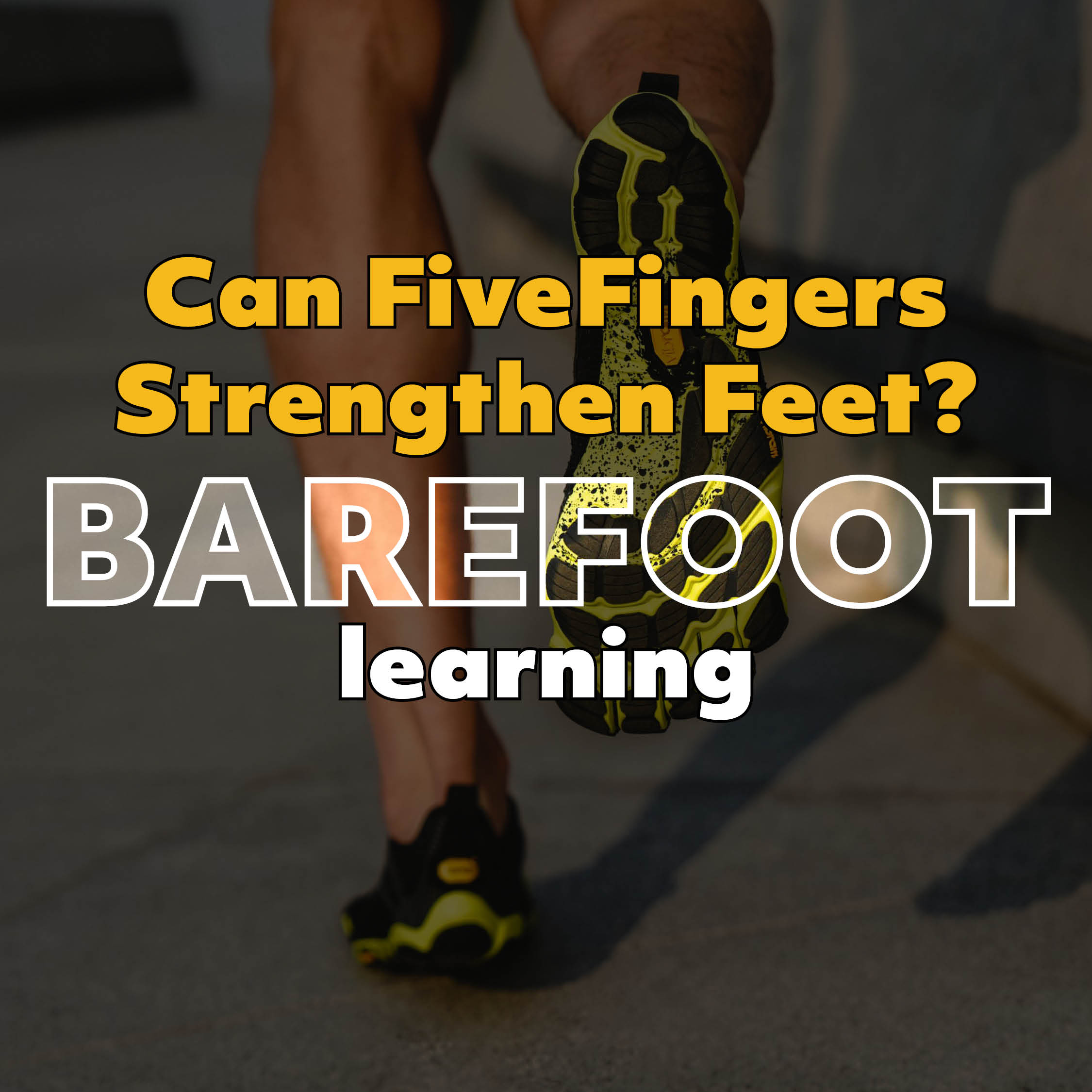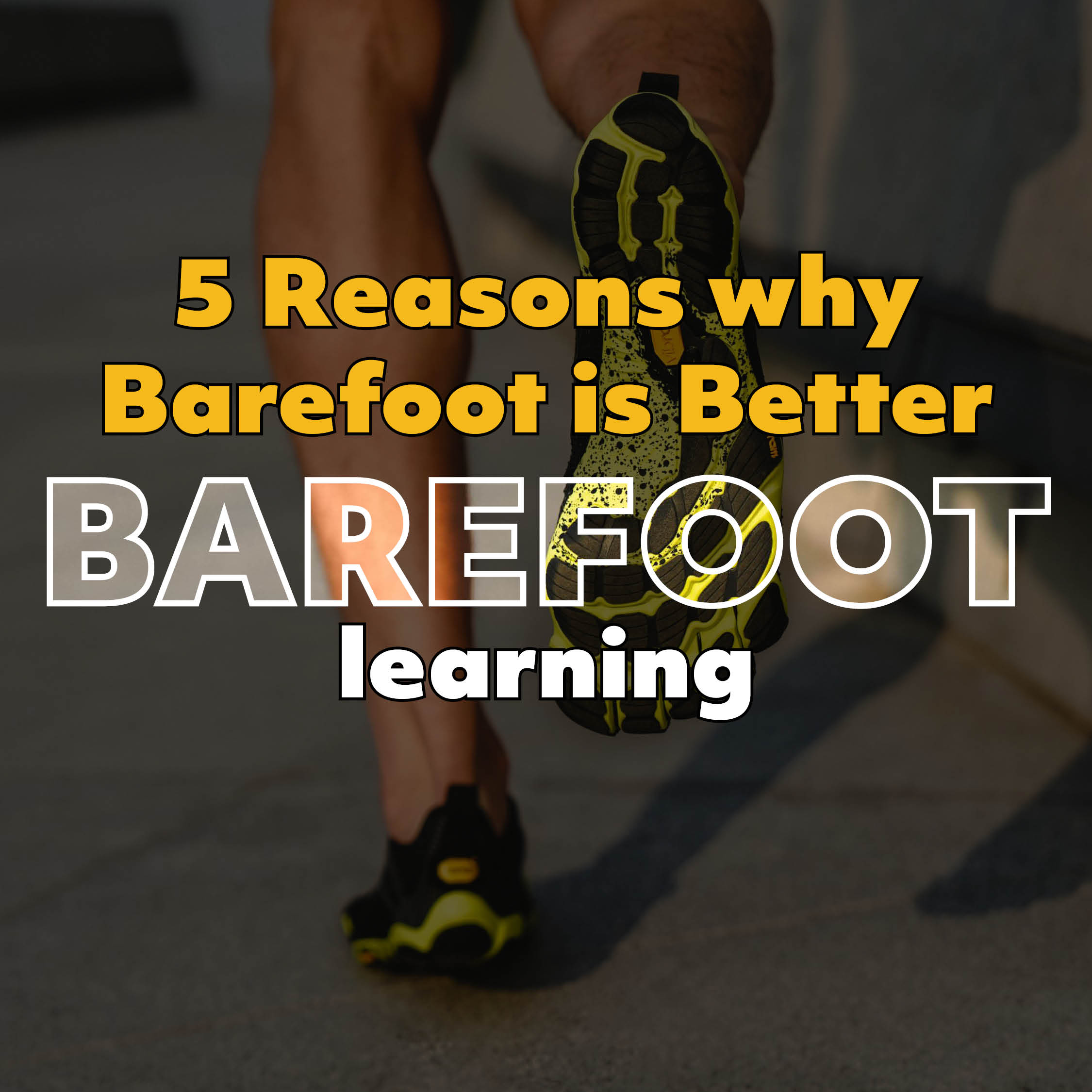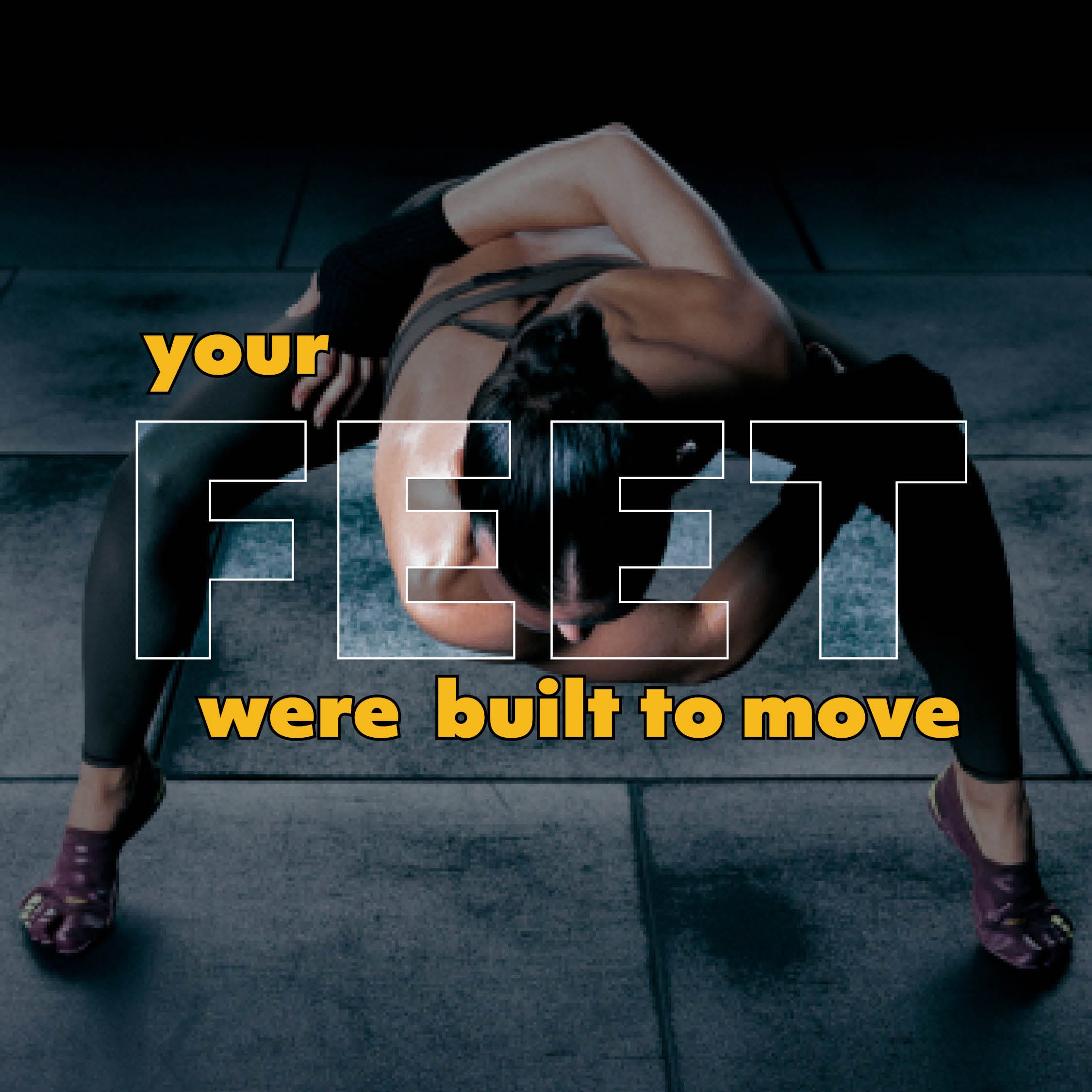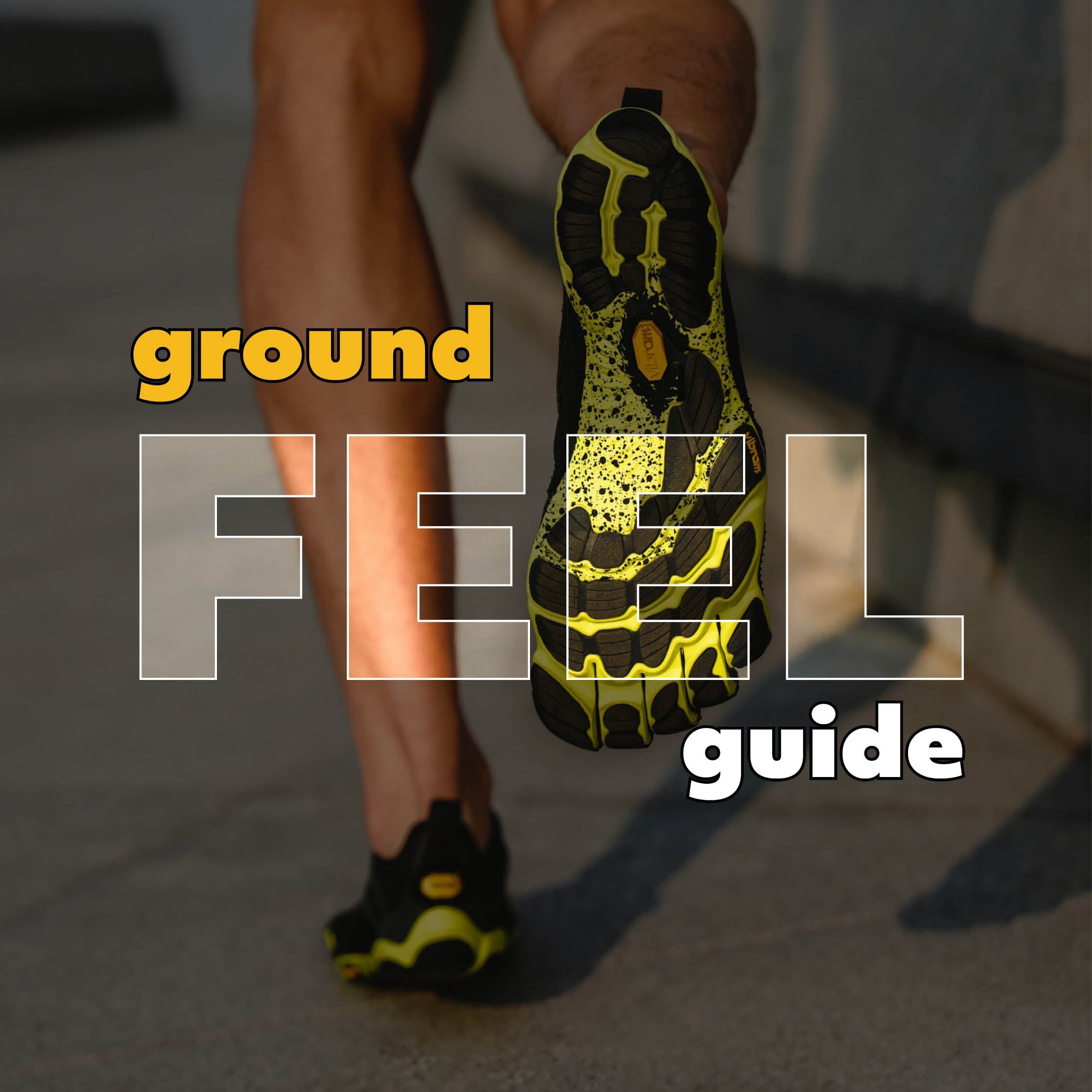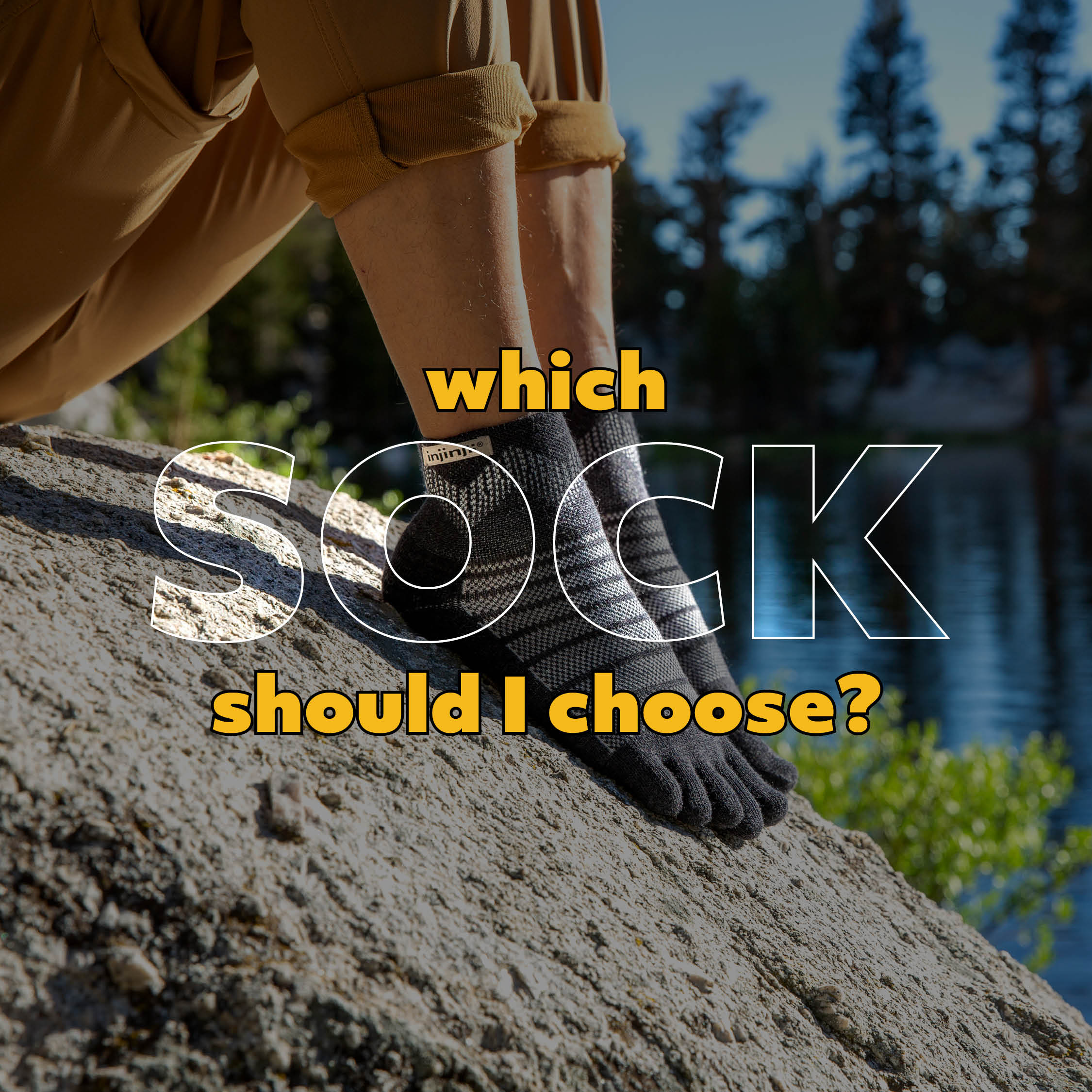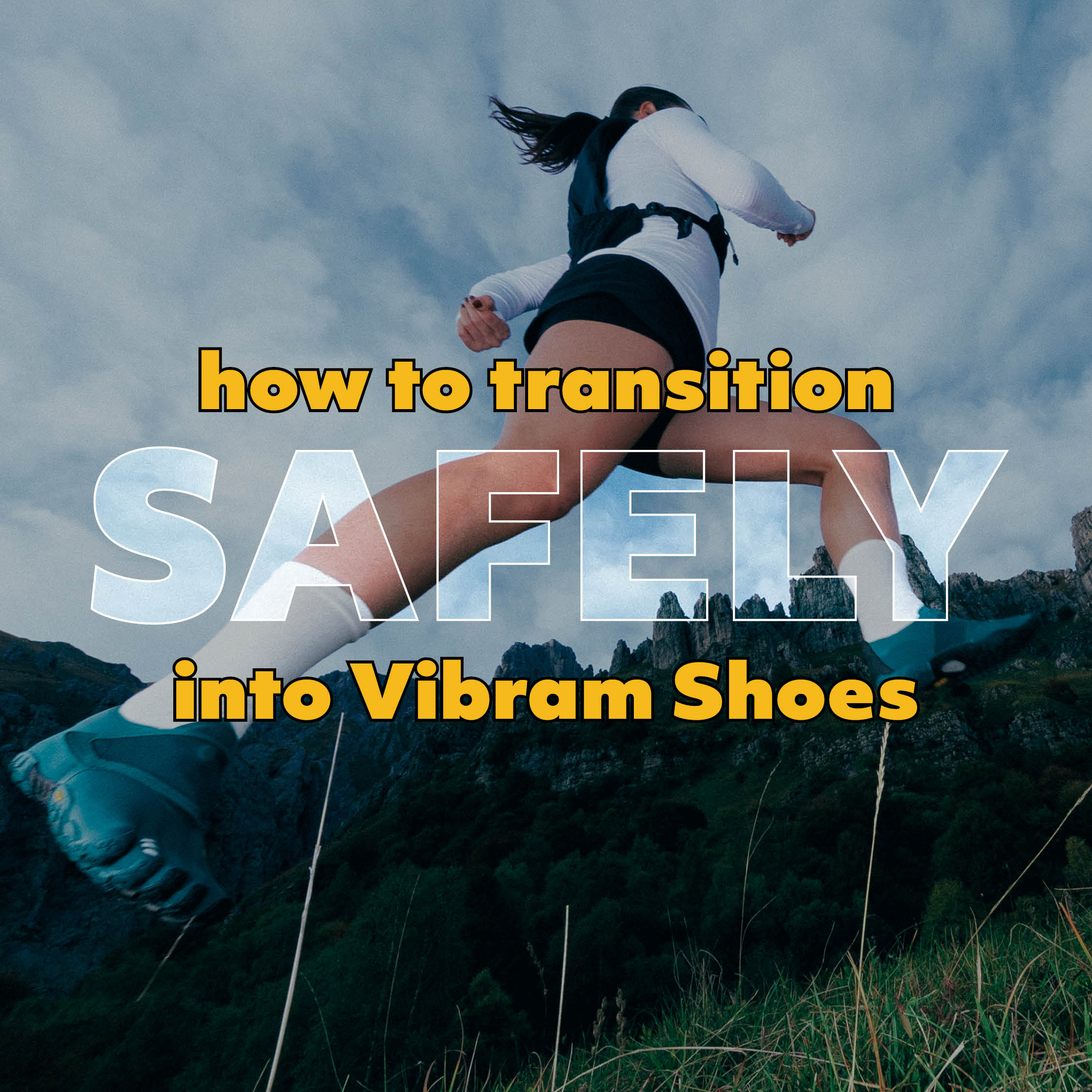In this blog we've enlisted the help of Osteopath Jamie Lauder who talks us through how our feet work with some great insights into how our feet affect the rest of our bodies and the potential aches and pains, and therefore treatable elements, we might encounter.
Our feet!
As we all know the foot is a flexible structure made up of bones, joints, muscles, and soft tissues. They let us stand upright and perform activities like walking, running, and jumping.
Each foot is a big bag of bones. Between each bone there's a joint, a joint capsule, a series of ligaments and muscles.
As well as the foot itself we all have large muscles in the calf and lower leg running into the foot attached by long tendons.
When we walk naturally
When we're barefoot, walking, running, we use all of those joints, all those muscles, all those ligaments. All those elements move in harmony and strengthen to support our weight and our movement. They all work together, playing a role in the way we move our foot.
However when we wear conventional shoes the movement of each foot is significantly reduced. Of course our foot still plays a major role in our mobility but the shoes restrict amount our feet can move and more focus is drawn towards the ankle joint.
Conventional shoes are ok aren't they?
Not only are we re-setting the role of the components of the foot and therefore the inherent strength and dexterity that comes with use. We are also putting extra strain on one joint, our ankle joint.
Our bodies are a series of interconnected systems fanning out across the entirety of our body all in a careful balance and interplay, each part effecting another part.
How the arches work
There are to two main arches in the foot.
- The medial longitudinal arch
- The transverse arch
These are maintained by muscles to hold them up and give them stability. They absorb the shock of out feet striking the ground and recycle this energy. So not all of the energy of our movement is from muscular action, it also comes from an elasticity springing back, which is part of our natural movement. It's a bit like a load / unload cycle.
Like any other muscle if we don't use it, it weakens. The longer we use artificial, e.g. non natural, support, the weaker the arches of our feet will become.
- The arches drop from weakness, reducing the spring effect of natural movement and reducing our natural ability to absorb and re-use the shock of foot strike. This shock instead will go through the chain of muscles associated with our foot; the ankle, the knee, and continue up through the body.
- Because these muscles have grown weaker, you can also get a stretching/pulling tension through the tissues at the bottom of the foot. This irritates those tissues and can cause other conditions; Plantar fasciitis and heel spurs amongst others.
How your heel affects your posture
The foot is your foundation. Everything above it depends on the strength of your feet and its placement on the ground has an effect on everything about it.
Conventional shoes have changed the way we stand and move. The muscles and structures in our feet work less and our feet are often trying to work within a more confined space.
There is also more emphasis on the heel in a conventional shoe. We move heel to toe naturally when we walk but the design of a conventional shoe makes it easier for us to do this when we run as well. This is known as a ‘heel strike’. Because running involves greater impact forces this can create problems.
The heel is a bony area. There are some soft tissues that can provide cushioning, but because running with a heel-strike is painful, shoes have gradually been developed to have more and more of a cushion to protect our naturally bony heel and prevent pain.
In turn this has lifted the heel and changed the natural geometry of our posture. Our foot is now at a different angle to that of its natural position.
This change at our feet alters our centre of gravity. The raised heel would mean we lean forwards. So we counteract this by pivoting back through the rest of our body.
Elevated heels can cause problems
Because of all these postural changes, an elevated heel, from a conventional shoe, can result in a issues throughout the whole body.
- Extra strain through the knees
- A different angle of impact going through the hips
- Having to have a greater arch through the lower back
- A tilt in your pelvis
- The angle of the head and neck which can result in headaches
All of these things that put strain on the natural geometry of your body and may cause problems.
How do Vibram FiveFingers shoes help?
Vibram FiverFingers are well known as leaders in the barefoot movement providing a solution for those who want to go back to the posture and mechanics of being barefoot.
They provide benefits that conventional shoes can’t:
- Freedom of movement in the toes
- A 'zero drop' meaning no elevation of the heels
- Thinner soles allowing greater sensory input from the ground
- Reduced support for muscles, allowing structures to work naturally giving you that spring in your feet



